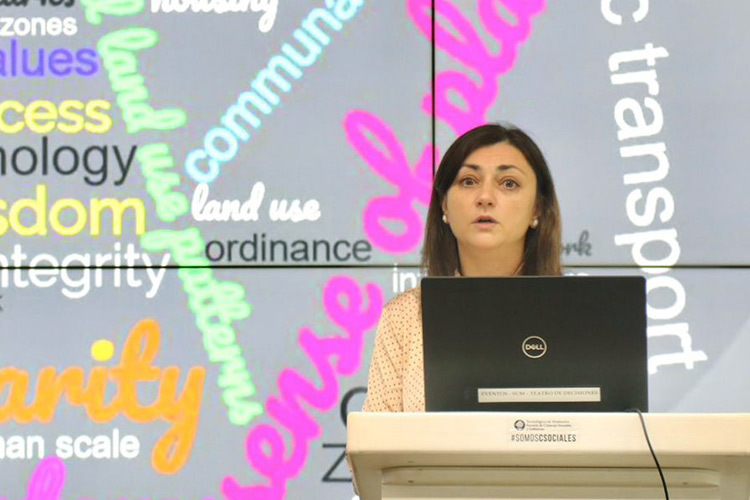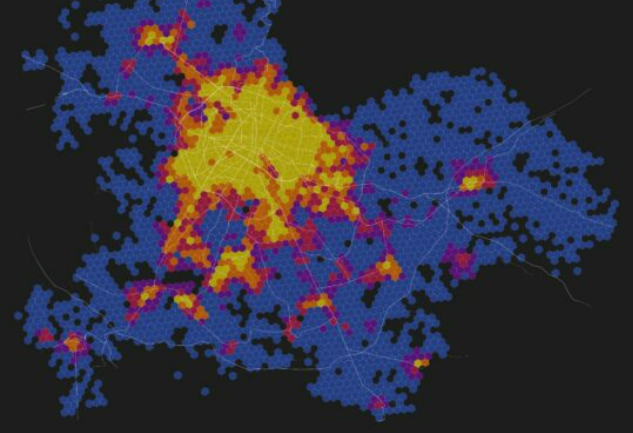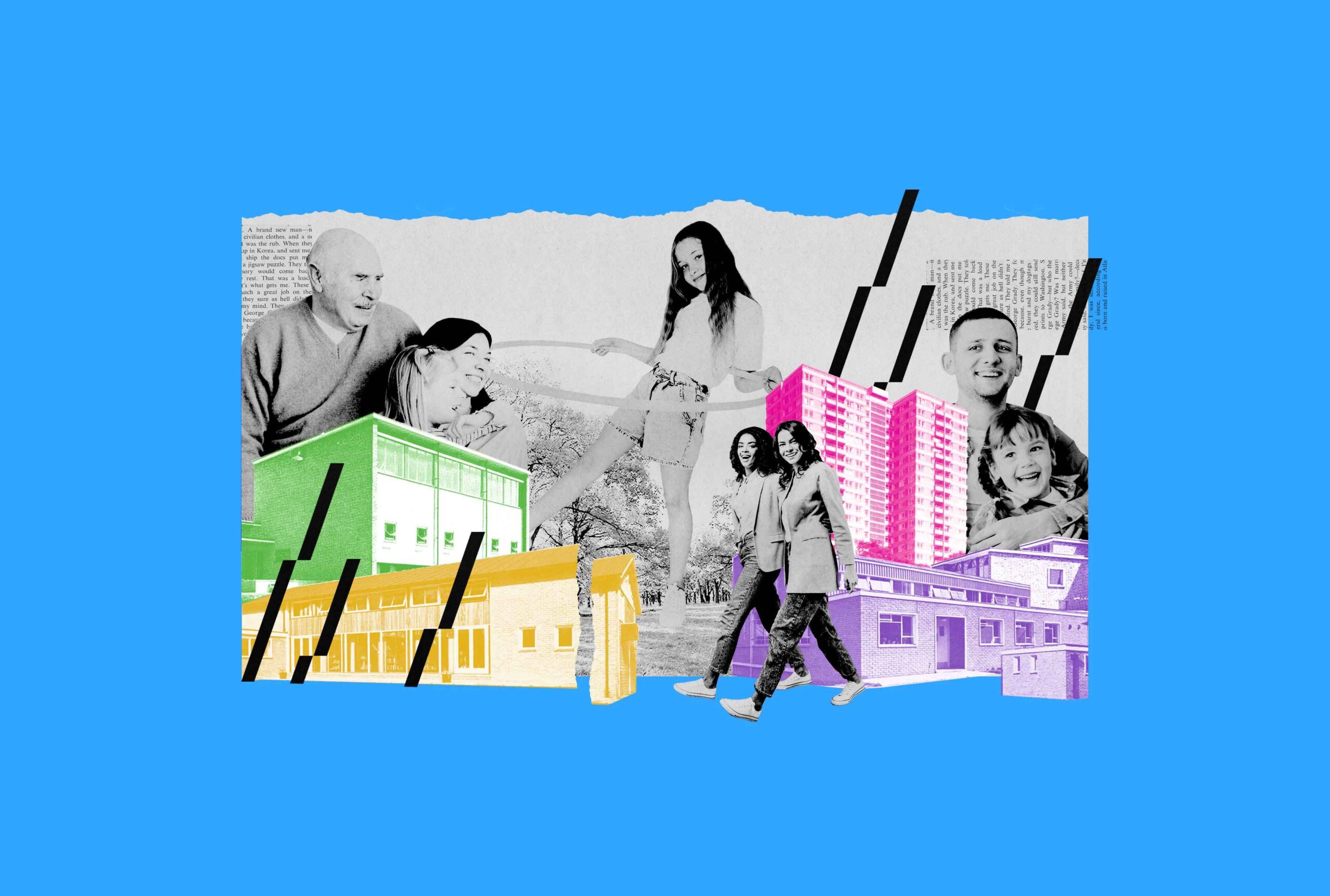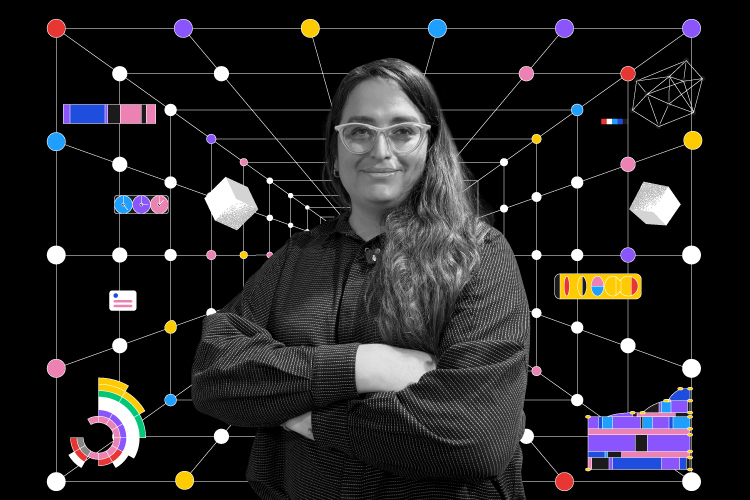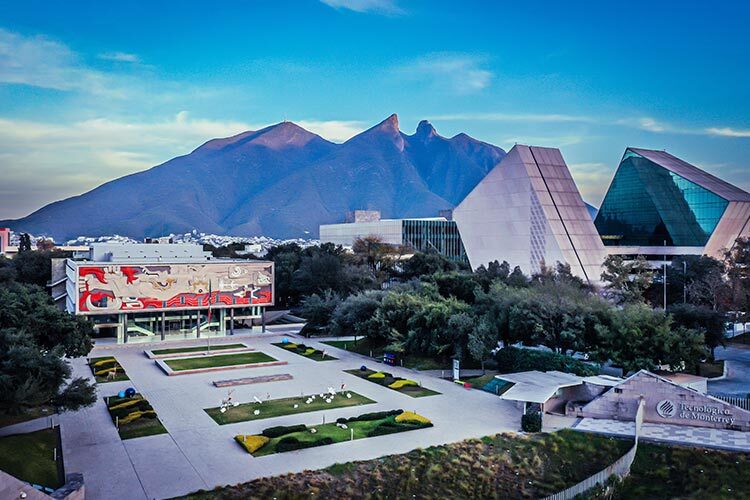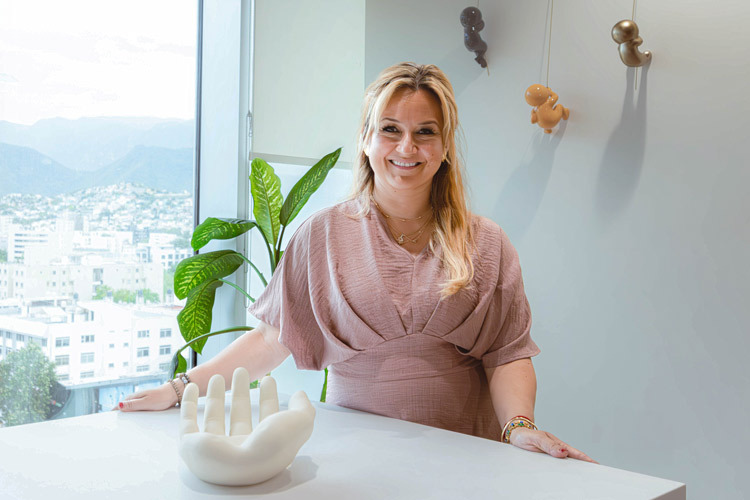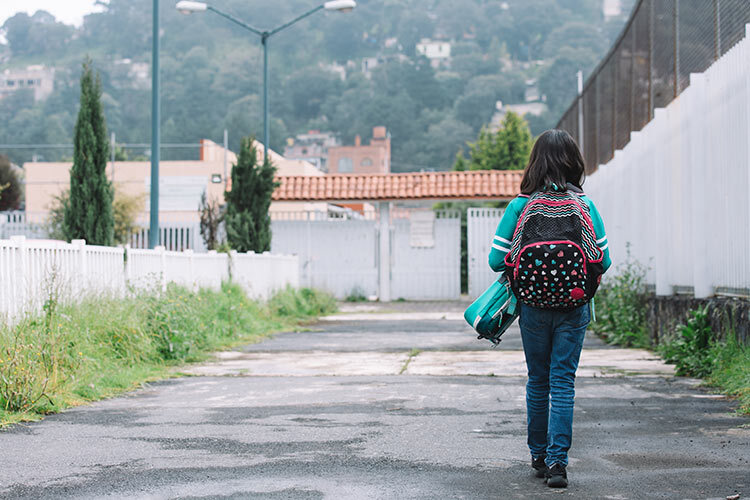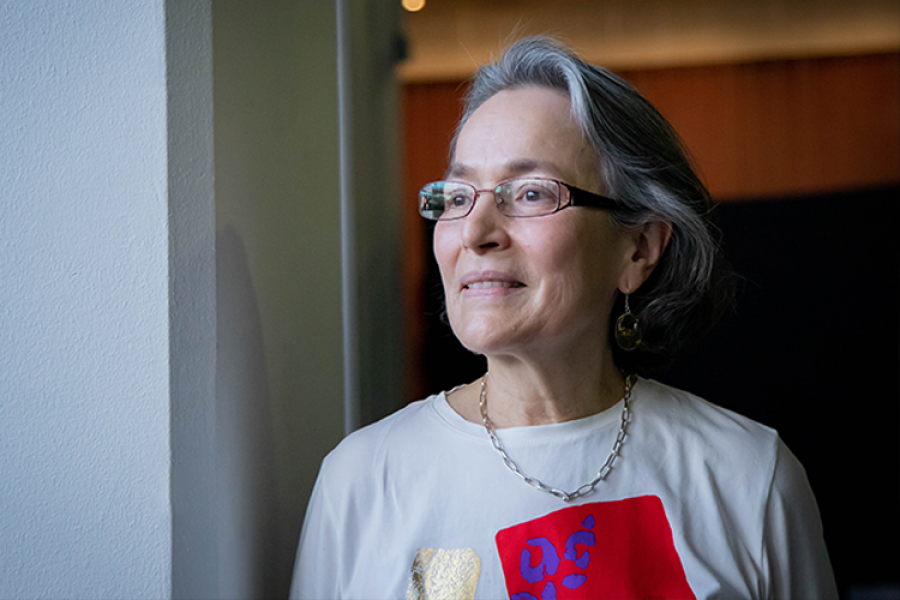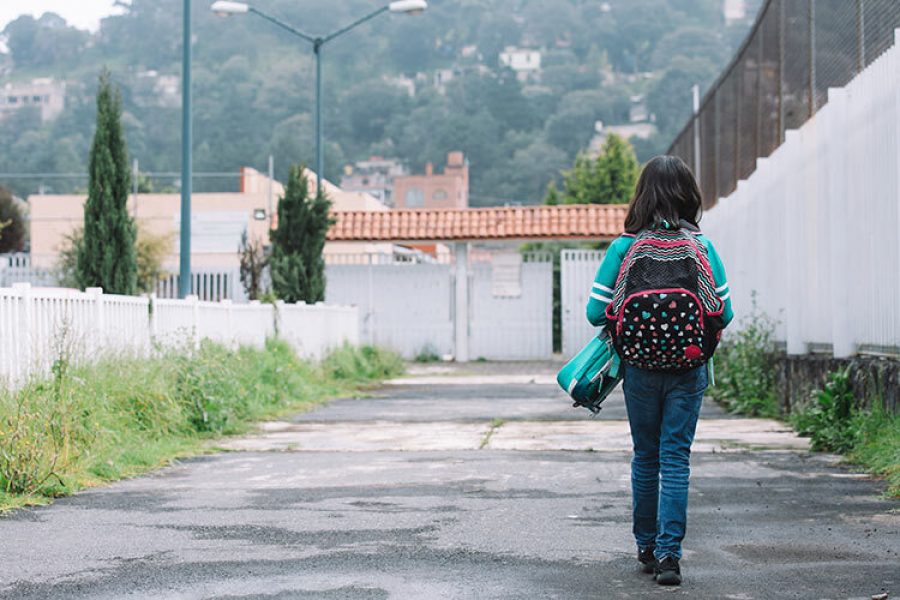After the 2017 earthquake in Mexico City, thousands rushed to help in the affected areas. However, these places became overcrowded within the space of a few days and the volunteers didn’t know what else to do.
Due to similar situations, Aleksandra Krstikj, a research professor at Tec de Monterrey’s School of Architecture, Art, and Design, has developed a geospatial and mathematical tool for distributing volunteers during emergencies and helping vulnerable groups to obtain essential supplies.
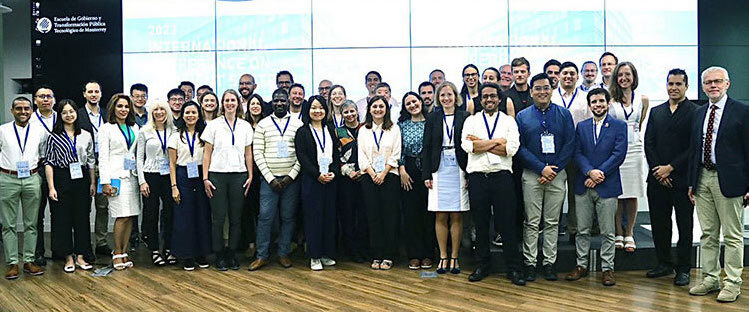
The International Conference on Resilient Systems 2023 brought together international experts from multiple disciplines and was organized by Adolfo De Unánue, the Academic and Research Director of the School of Government and Public Transformation. (Photo: Israel Pérez / TecScience)
The algorithm for emergency aid
“We developed this algorithm to send the first volunteers to hazardous zones and then distribute them to areas with fewer problems,” explained Krstikj on the second day of the International Conference on Resilient Systems, organized by Tec de Monterrey’s School of Government and Public Transformation.
The tool also includes proximity to different services, calculating the number of people available to help who might be needed per zone, and identifying neighborhoods with the greatest levels of risk. This study used the municipality of Atizapán de Zaragoza as a scenario for applying the tool.
Krstikj, who is a specialist on land use in city outskirts, added that the tool acts as an interface between science and public policy for crisis planning as well.
She also spoke about another area of her research, which analyzes the distribution of stores and markets where people buy their food.
Although Mexicans have access to stores, these are hardly ever places that sell healthy food, which leads to 30% of children in the country having obesity, for example.
This is in spite of Mexican cuisine having been classified as an intangible cultural heritage by UNESCO.
“Street markets are an example of resilience because they have survived over the centuries, outlasting all the large supermarket chains. Only 10% of what supermarket chains sell is fresh, while 60% of produce sold at street markets is fresh,” she explained.
Knowing the location of different stores is one way of establishing a connection between nutrition and mobility. According to the specialist, when city mobility is centered around automobiles, healthy food is not so well distributed.
